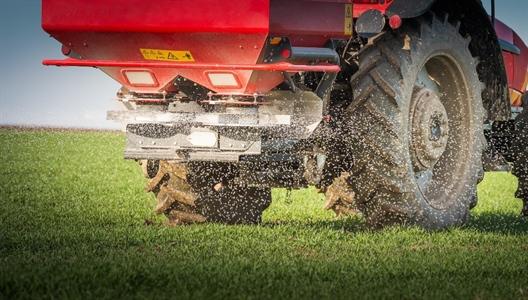EU Fertilising Products Regulation 2019/1009 comes into force on 16th July 2022

The EU Fertilising Products regulation will apply to all fertilising products that are placed on the market in the EU after 16th July 2022.
The fertilising products are broken down in the regulation into the following Product Function Categories (PFCs):
-
Organic fertiliser
-
Organo-mineral fertiliser
-
Inorganic fertiliser
-
Inorganic macronutrient fertiliser
-
Inorganic micronutrient fertiliser
-
Liming material
-
Organic soil improver
-
Inorganic soil improver
-
Growing media
-
Inhibitors
-
Plant biostimulants
-
Fertilising product blend
The specific fertilising product is then linked to Component Material Categories (CMCs) which should cover all of the components in the fertiliser product. CMCs listed in the regulations are defined as follows:
CMC 1: Virgin material substances and mixtures
CMC 2: Plants, plant parts or plant extracts
CMC 3: Compost
CMC 4: Fresh crop digestate
CMC 5: Digestate other than fresh crop digestate
CMC 6: Food industry by-products
CMC 7: Micro-organisms
CMC 8: Nutrient polymers
CMC 9: Polymers other than nutrient polymers
CMC 10: Derived products within the meaning of Regulation (EC) No 1069/2009 (animal by-products or derived products regulation)
CMC 11: By-products within the meaning of Directive 2008/98/EC (Waste Directive)
The regulation requires all products applied to soils to be classified under a PFC and all applicable CMCs.
Key requirements under the legislation:
- Claims for the effects of a biostimulant product are required to be supported by evidence from crop trials.
- Full set of technical documents relating to the product needs to be prepared so that upon inspection it can be shown that the product conforms to the regulations.
- Obtain a self-certified CE mark for supply of the product within the EU market as an authorised EU Fertiliser product. It is possible to obtain a national fertiliser certification in certain individual member states by registering with the national state authorities.
- Contaminant levels are specified for various PFCs and must be confirmed by analysis or microbiological evaluation (e.g. Heavy metal analysis and/or measurements for the presence of E.coli and Salmonella).
- Labelling needs to comply with the fertiliser regulation requirements as well as EU CLP/GHS where applicable.
It is necessary to ensure that EU fertilising products from third countries (such as the UK) comply with this Regulation, and that the appropriate conformity assessment procedures have been carried out.
Manufacturers and importers are required to ensure that fertilising products which they place on the market comply with the requirements of the Regulation.
Importers need to ensure that conformity assessment procedures have been carried out, that the labelling of EU fertilising products is according to the regulations and documentation provided by the manufacturers is available for inspection by the competent national authorities.
RSK ADAS Ltd/RSK ADAS Europe (Ireland) Ltd., provides support to UK exporters and EU importers/manufacturers of fertilising products. Cambridge Environmental Assessments provides regulatory compliance support while Soils Crops and Water Division of RSK ADAS supports crop efficacy trials.
For further information please contact peter.godfrey@cea-res.co.uk, neil.stearn@cea-res.co.uk or Sarah.Clarke@adas.co.uk.

